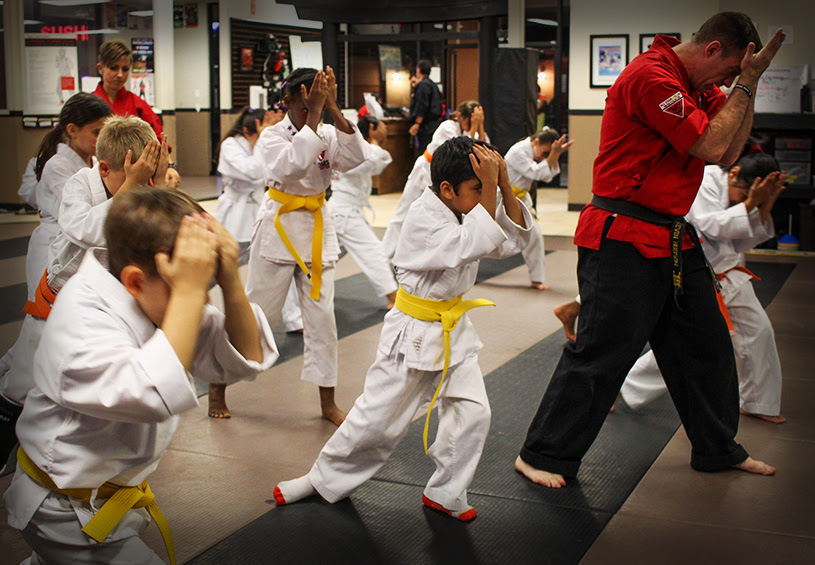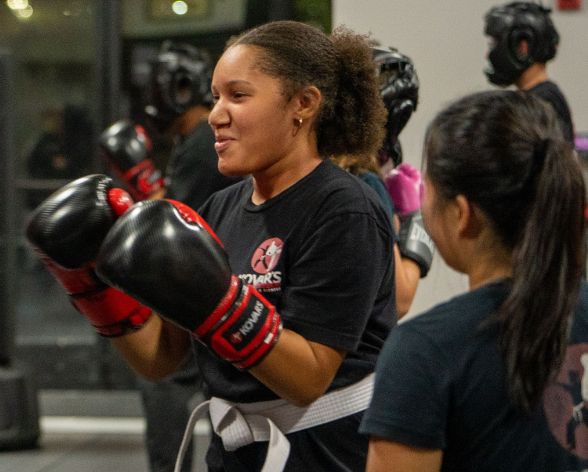How Martial Arts Can Have a Big Impact on Kids with Autism
What are the best physical activities for kids on the autism spectrum? Any activity that’s fun while also building physical skills is great. However...

The below article was written by Christine Latreille on the Active For Life website. Thank you for allowing us to share this information. Go check the full article and website at https://activeforlife.com/martial-arts-kids-autism/---What are the best physical activities for kids on theautismspectrum?Any activity that’s fun while also building physical skills is great. However, a review published in the journalAutismnoted that two sports in particular had the biggest beneficial impact on children with autism spectrum disorder (ASD):adaptive horseback ridingand martial arts.The moderate to vigorous activity of both sports help children with special needs meet the guidelines outlined in theAbility Toolkitand theCanadian 24-Hour Movement Guidelinesfor children and youth. Plus, these sports also helpdevelop cognitive abilitiesand physical literacy skills and, of course, they’re enjoyably stimulating!Benefits of martial artsThe inherent structure and repetition in martial arts can help reduce anxiety in kids as they focus on individual goals and develop movement skills such as balance, flexibility, and hand-eye coordination. As kids practice choreographed moves and interact with other people in a fun and safe environment, they also improvecommunication skills, concentration, spatial awareness, and self-control.While there are schools across Canada that offer adapted programs, André Langevin’sAutisme Karatéin Montreal focuses solely on children and adults with ASD and special needs.At age five, Langevin’s son Philippe was diagnosed with autism and severe speech delay, and tried various forms of therapy and activities. It was after introducing Philippe to martial arts and seeing its positive effects that Langevin, a former RCMP officer and a black belt in karate with over 30 years of martial arts experience, founded Autisme Karaté in 2009 to help other children and their families.How to help children with special needs get the most out of their activitiesLangevin has worked with hundreds of students over the past decade and learnedwhat strategies work best for children with ASD and special needs. Here are a few of his top tips.1. Change the activity or approach, not the child.Langevin stresses the importance of being flexible and accommodating. “You have to be very sensitive and have patience and understanding, and you need to adapt, especially for the beginners.”2. Be a child-centered trainer.Experienced and compassionate teachers are a must. Seven bilingual instructors help Langevin with his classes, and are all either parents who started at the school with their children, or students who have remained with the school. “Since they know the kids’ needs, they become the perfect teachers,” says Langevin.3. Keep activities short and dynamic.Changing up exercises and games every 10 minutes or so helps keep kids stay alert and focused, and regular breaks will keep everyone from feeling stressed or tired. The students at Autisme Karaté balance on yoga balls, run and jump, and play games such aswheelbarrow walkingthat develop coordination and strength.4. Include everyone.Making classes a family affair encourages some reluctant children to engage and participate where they otherwise might not be comfortable.Rosie Saxe and her son Jason have been attending classes with Autisme Karaté for the past six years. Both have graduated to brown belts, and now assist others in the program.“Jason’s confidence in himself has greatly increased and he is so proud of his skills,” says Saxe. “His endurance and strength have increased as well. We both feel strong, powerful, and more confident as well with skills of self-defense.”5. Make sure everyone enjoys their time.“Parents and kids talk with each other and have fun. That’s our main thing, we have fun, myself included,” says Langevin.---This article was written by Christine Latreille on the Active For Life website. Thank you for allowing us to share this information. Go check the full article and website at https://activeforlife.com/martial-arts-kids-autism/



